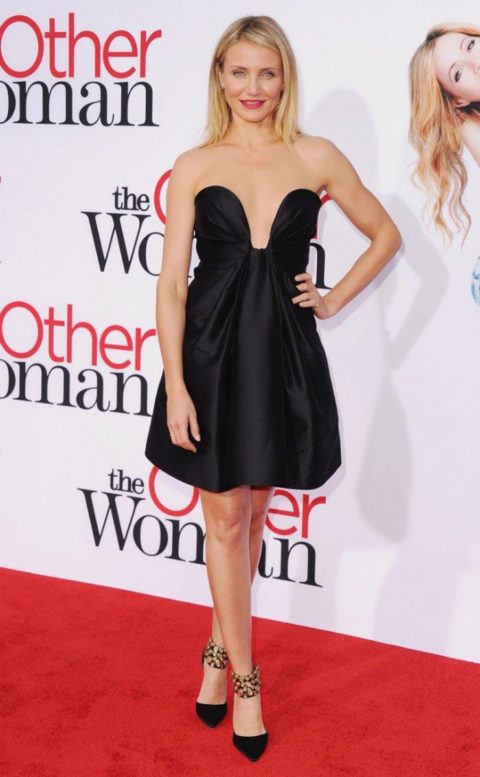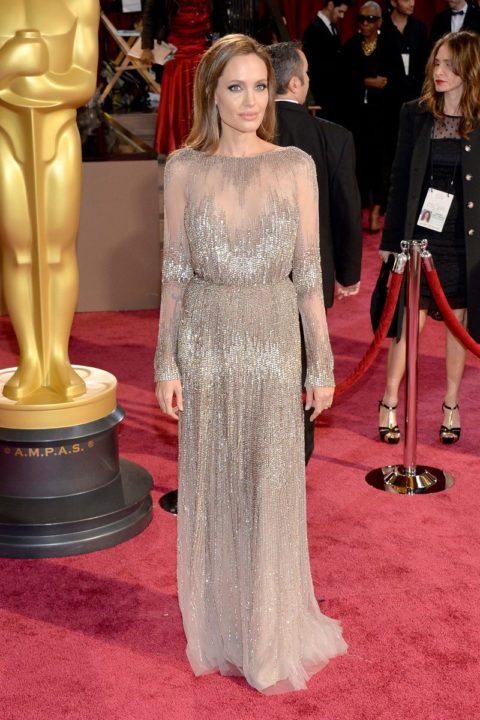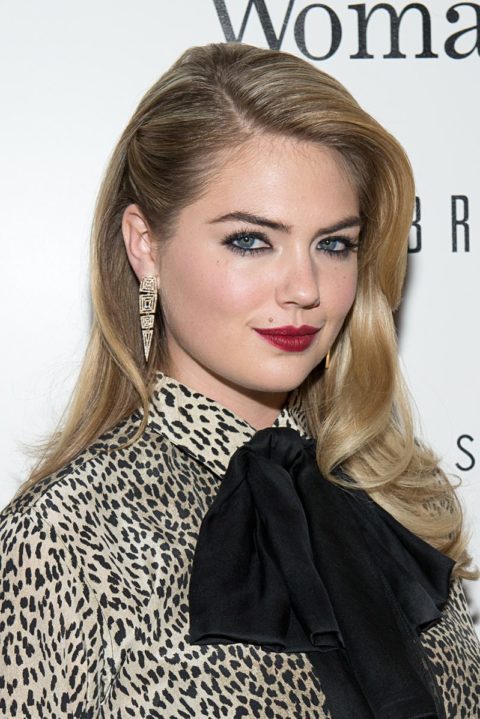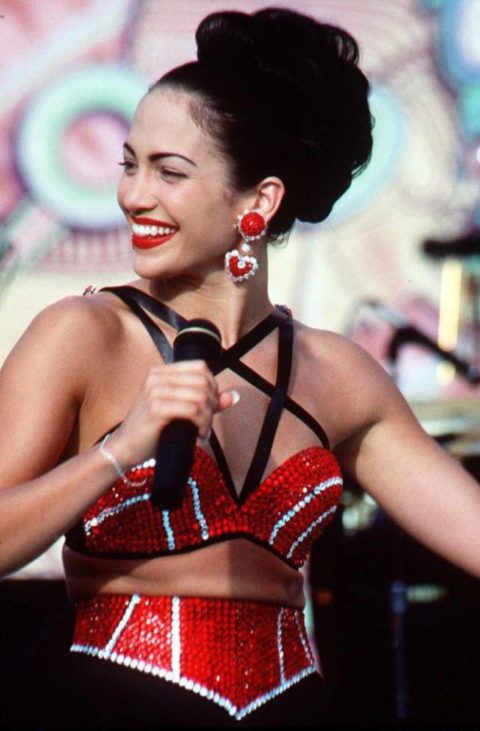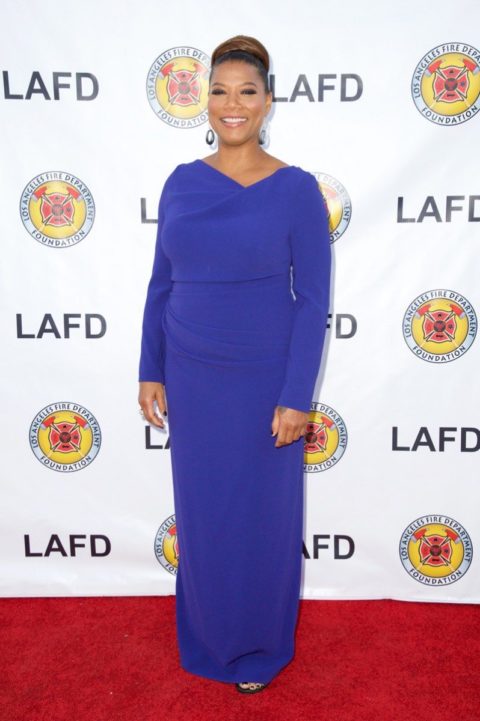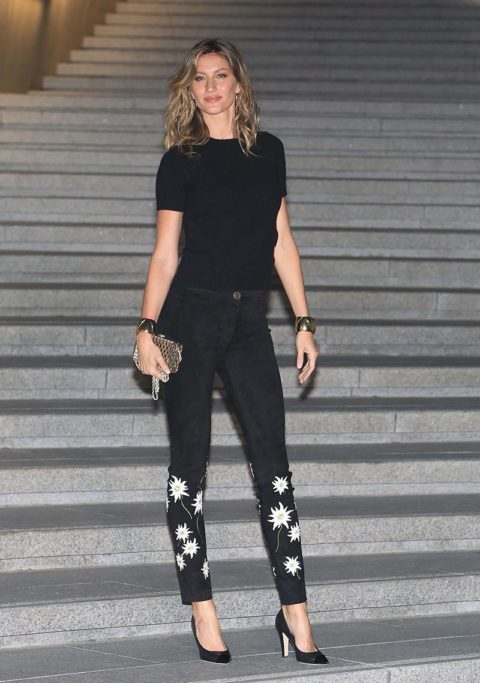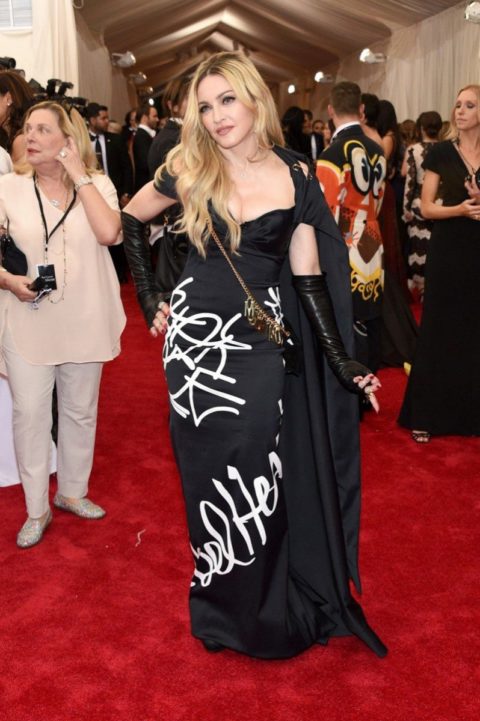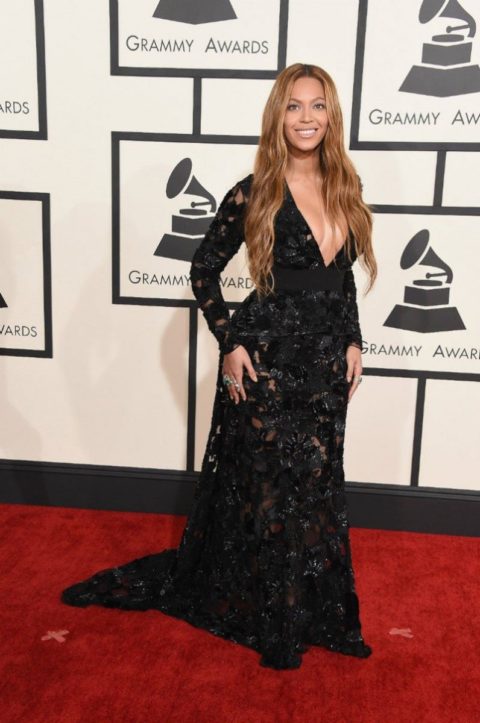Cara Delevingne, and why so many models are crossing over to Hollywood

It’s happened, everybody: Cara Delevingne has officially quit modelling. (Cue: loud gasps.)
According to the Huffington Post, Storm Models (Delevingne’s agency) took the now-actress’ name off its roster this weekend, making her declarations last month very true and real.
“The thrill of acting is making a character real,” she told Vogue in June. “Modelling is the opposite of real. It’s being fake in front of the camera.”
“I’m not sure what fashion is anymore,” she added.
Which is fair. Considering Delevingne has also (accurately) described the fashion world as insular, it’s not surprising that she’s emerged from the bubble with a different perspective. And to be honest, our own perspectives have changed, too. Back in the 1980s, supermodels dominated catwalks and magazine covers before celebrity culture saw more actresses, musicians, and socialites snag the spots previously reserved for Strictly Models™. Then, over the last decade, the worlds of modelling and acting and/or music merged even more, with models like Gisele Bundchen trying their hand at acting back in the 2000s, Kate Upton appearing in The Other Woman last year, and Coco Rocha and Karlie Kloss branching into business.
So arguably, stars — or more specifically, models — really are just like us: considering we’ve all ventured down more than one career path since we started working, why wouldn’t we expect the same from women in fashion? Especially since the arts take more than just a pretty face to earn a place in them? I mean, yes, a high profile and “pretty face” may get you seen, but it’s the talent and hard work that will sustain you.
And this is something we’ve learned and seen before, so we should understand this. While Delevingne has proven she’s got the talent to earn starring roles in key pop culture landmarks (she stars in John Green’s Paper Towns this month, and is filming Suicide Squad as we speak), we’ve also seen women like Cameron Diaz, Jennifer Lopez, and Angelina Jolie, who got their start as models, but eventually began acting (successfully) thanks to their work ethic, talent, and what I’m sure is a fair share of determination.
Which is easy to forget, especially since we tend to chalk modelling up to “just modelling” — as if it doesn’t include an inordinate amount of work. To adapt to a designer’s vision, to listen to the instructions from photographers and directors, and to block out the scrutiny from those inside and outside the business is tough work. To not break down because of high pressure and demands is a feat. So to watch models transition from fronting for the camera to inhabiting a character (also on camera) isn’t that much of a stretch (especially since for each campaign, they’ve had to be whoever the designer wants them to be). This means their transition into movies and television is just the equivalent of us getting a newer, better job in our fields because that’s how careers are supposed to work. So really, we shouldn’t be surprised when we see it happen to them.
And ultimately, if they’ve got the skills to master a new craft or aspect of the industry, why should we hold them back? Women like Madonna, Jennifer Lawrence, and Charlize Theron all entered the arts through the modelling world, and since then, have achieved freakish amounts of fame, all on accounts of their abilities to act and sing. (Or dance, depending on your feelings about Madonna.)
So here’s to Cara Delevingne’s next chapter, sad as we are that we’ll no longer see her in every campaign, ever. May she dazzle us with her turn as Margo Roth Spiegelman, and may we never forget Gisele Bundchen’s turn as Emily Blunt’s best friend in The Devil Wears Prada. Acting and hard work for all.

